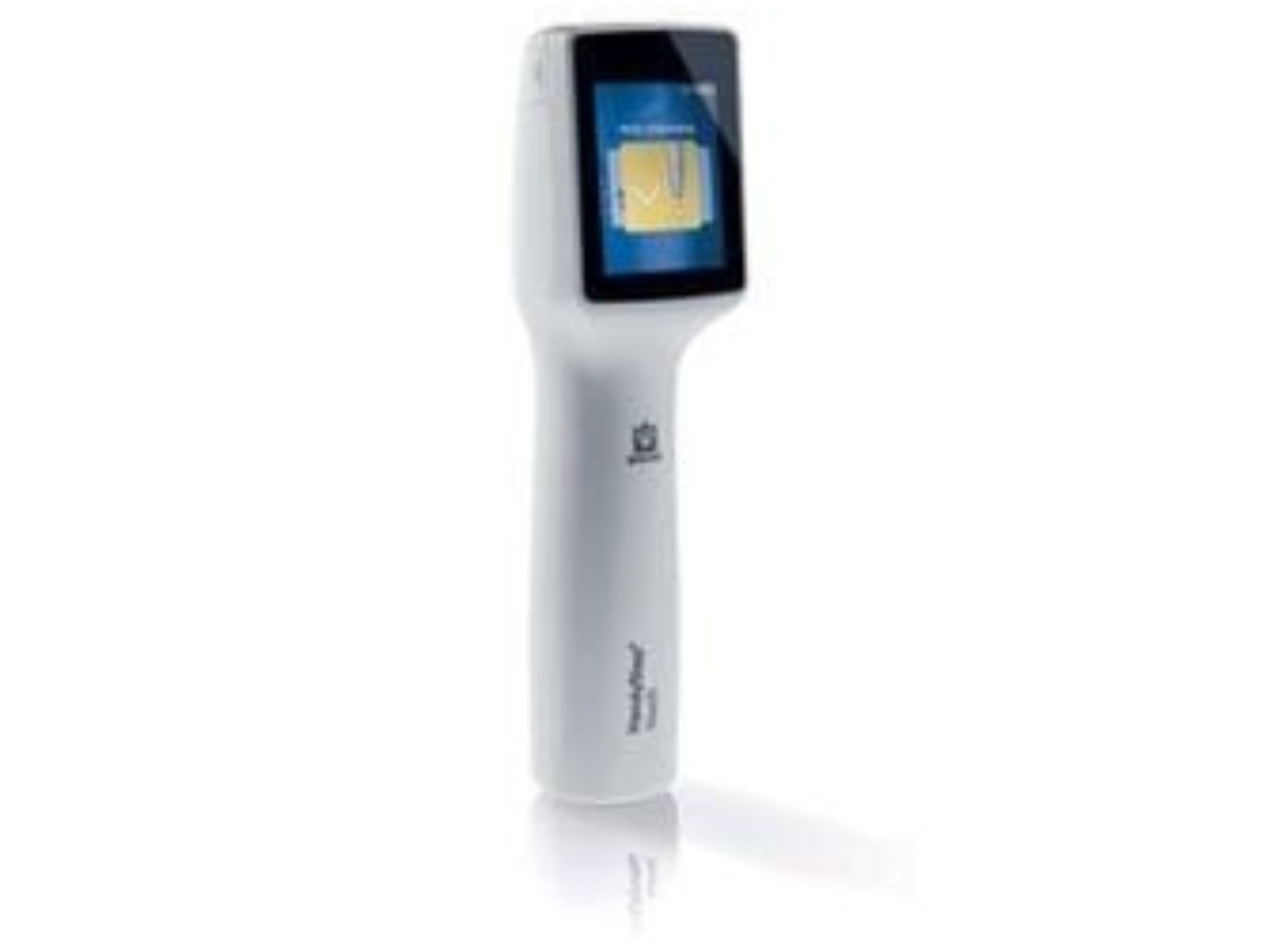The importance of saliva: A simple sample type for COVID-19 diagnostics
Hear from a microbiology expert at Yale School of Public Health about a simplified PCR test for COVID-19
26 May 2021

The School of Public Health at Yale University is one of the oldest nationally accredited schools of public health in the US. It aims to serve local, national, and international communities with interdisciplinary knowledge, expertise, and leadership to protect and improve the health of the public.
In this exclusive interview, we speak with Dr. Anne Wyllie, associate research scientist at the Yale School of Public Health (YSPH). With a background in medical microbiology, Wylie is currently working with saliva as a sample type for the detection of upper respiratory tract pathogens, including SARS-CoV-2. Here, Wylie shares her current work at the YSPH, the invaluable pipetting technology she uses, and the importance of saliva as a sample type1.
What are your overall research goals and intended impacts of your work?
AW: My research aims to better understand how bacteria and viruses move between healthy individuals in the community and how this relates to disease. This improved understanding of potential pathogens can better inform preventative measures and/or vaccination strategies.
Can you tell us about your work developing a saliva test for COVID-19?
AW: We simplified the standard PCR test by removing the cumbersome and resource-intensive RNA extraction step and replaced it with a simplified workflow2. While experiencing many issues with nasopharyngeal swabs early in the pandemic, I wondered whether saliva could overcome these. I proposed this to the team and they agreed that it could be evaluated3.
We collected a number of paired samples, then compared them for SARS-CoV-2 detection and saliva indeed seemed promising. I had also seen an early paper testing nasopharyngeal swabs directly into PCR and wondered if we could do the same with saliva. So, when setting up a PCR I decided to try putting some raw saliva into a few reactions. Results were mixed but certainly some were promising so, based on my previous experience of working with saliva, we optimized the approach further until we had a workflow that had comparable sensitivity to the full RNA extraction-based approach.
We were terrified of what false negatives could mean. This was being developed in April/May last year when we didn't really know what Ct values of 37-40 meant in terms of infectiousness, so we just worked to make sure that this method was as comparable as possible to the full RNA-extraction procedure.
How do you use HandyStep touch repeating pipettes in your work?
AW: The HandyStep touch repeating pipettes from BrandTech Scientific have been critical to our RNA extractions for SARS-CoV-2 testing, enabling us to achieve faster, more accurate pipetting. We were already using one of these pipettes for DNA extractions in my usual pneumococcal work and I was hesitant at first about whether we actually needed another expense - being mindful of our limited budgets. However, the additional cost is definitely outweighed by the time it saves. Plus, these pipettes also ensure a greater level of accuracy, especially with harder-to-pipette reagents, for example, viscous binding buffers.
What do you see for the future of your work?
AW: Funding is a constant challenge, particularly finding the time to research and write grants that have a limited chance of success. It's hard to balance the time away from research and work that desperately needs to be done, with placing efforts needed for grant writing. I've seen many incredible researchers effectively lost to science due to the constant grant writing that is required to support their lab and projects.
More affordable alternatives can make our funding go further - we can collect a greater number of samples making our research more valuable. As a result, I think we will see the continued validation and optimization of saliva as a sample type for clinical diagnostics. It is an easy and affordable sample to collect, which can have a major impact on research studies that can be very expensive to implement and carry out.
Find out what like-minded scientists think of the HandyStep touch repeating pipettes:


